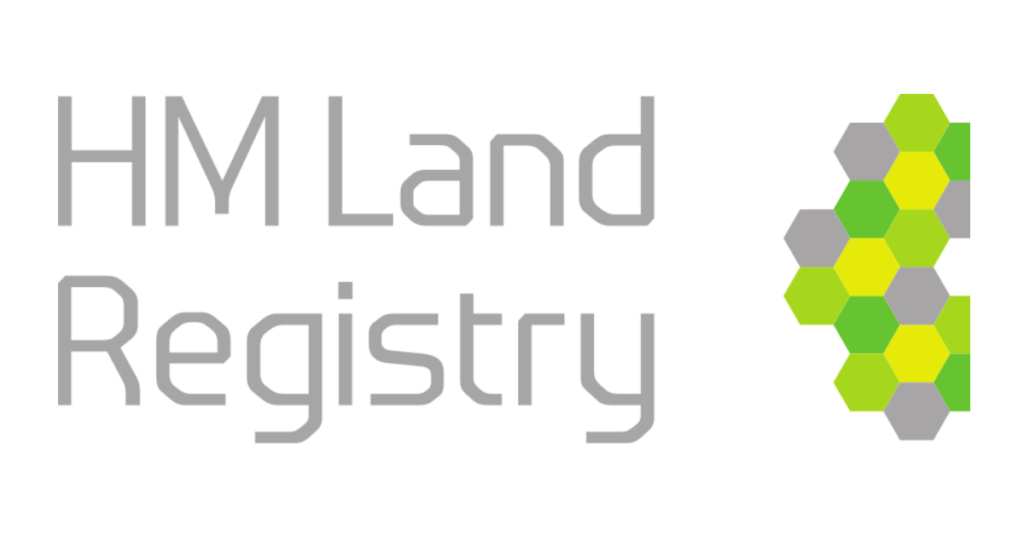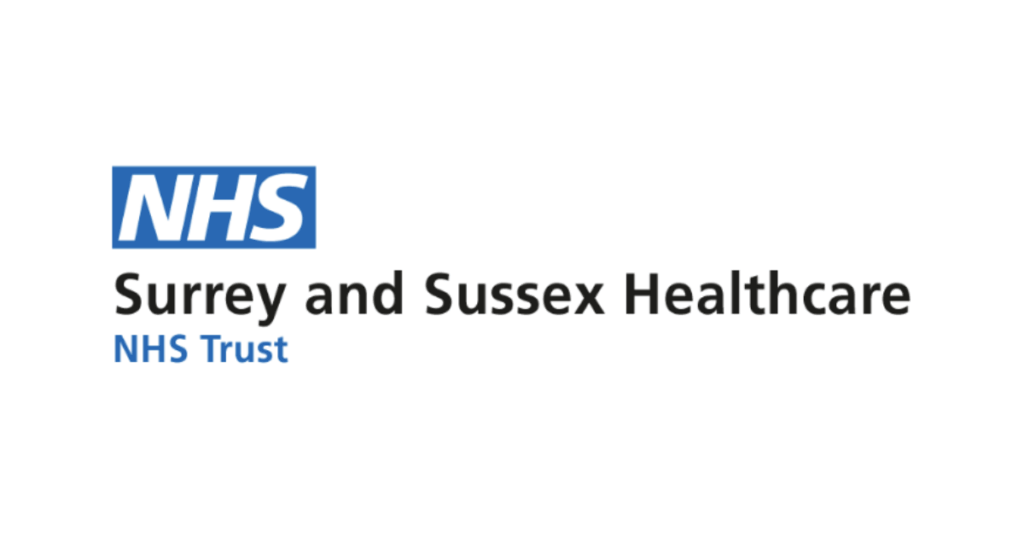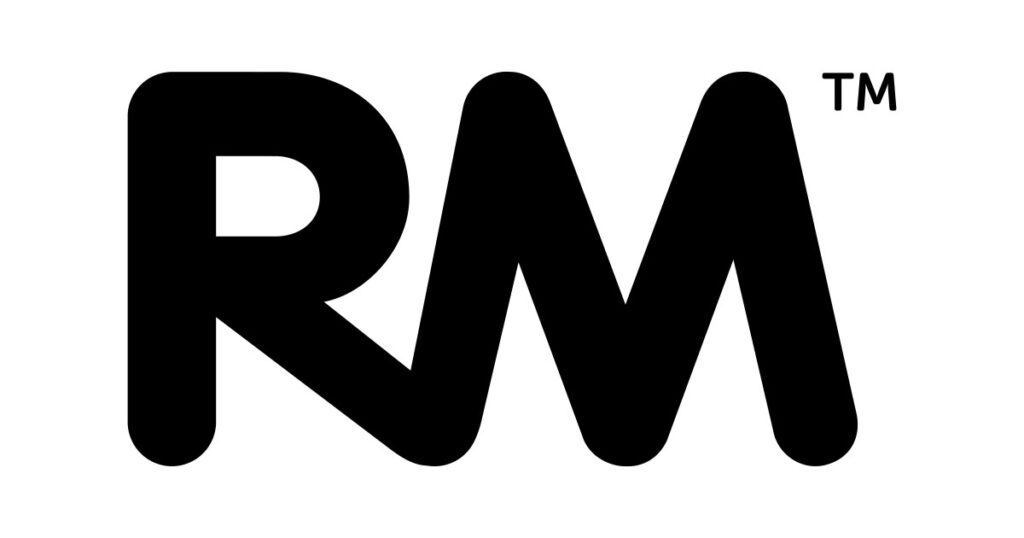For decades, you’ve been told the future of information management demanded a choice between digital or physical information. But that binary choice is too inflexible, costing you money, time, and space either way.
The true future of information management isn’t a choice between paper or paperless. It’s paperlite or, as we like to call it, phygital: a flexible blend of both digital and physical information that lets you digitise what you need and store the rest.
Why choose between physical vs digital?
There are pros and cons to both physical and digital files. So why choose between them?
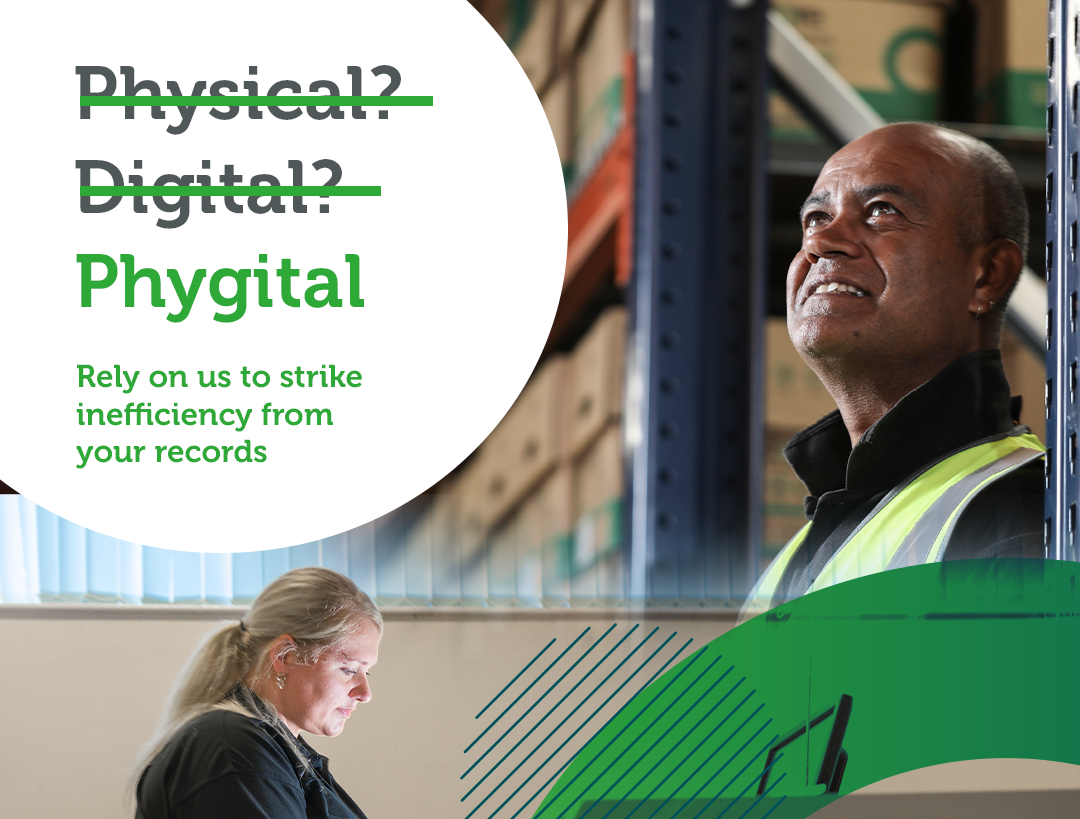
The perks (and perils) of paper
Paper is a known quantity. You may even be legally required to store information on paper. And many of your stakeholders, partners, and customers will prefer it. Physical letters, for example, enjoy better trust.
But relying only on letters means you miss out on the speed of digital communications.
Not to mention the storage space paper needs. Paper is easy to lose track of, putting you at regulatory risk. And it takes time to get your hands on a paper file.
Find out moreThe dividends (and drawbacks) of digital
Time savings: up to 80% faster processes
Cost savings: as much as £400,000 annually
Space savings: one NHS Trust freed space for 10,000 beds
Workflow automation: 95% reduction in manual workload
AI-powered insights
Flexible operations that meet regulatory requirements

But digitising your entire library comes with a price tag. Attempting a company-wide digital transformation can overwhelm business operations and budgets.
And some may resist. Some stakeholders will demand paper. And digital communications are less effective with the 7.9 million people who lack basic digital skills.
An impossible choice?
Choosing physical or digital information management means compromise. Which is why we say the future of information management needs to be a flexible, paperlite blend of the both physical and digital records: phygital!
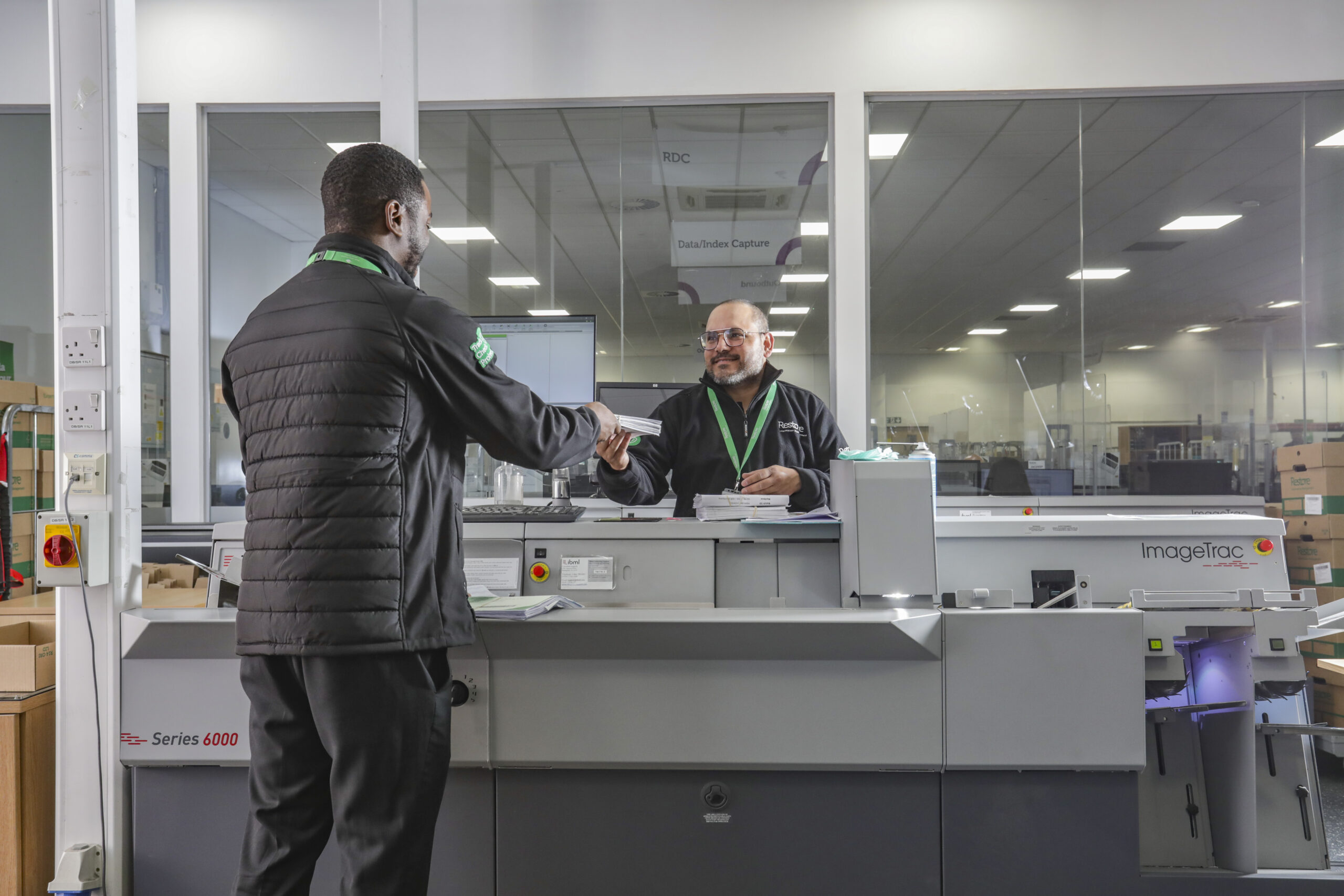
Solving the real information management problems
The choice between paper and digital feels important. But it overlooks the biggest information management problem faced by many organisations: difficulties in finding and accessing information.
Whether information is held on paper or pixel, filing errors mean records are hard to find. A lack of metadata stops records turning up in searches. Missing records aren’t just inconvenient; they put you at risk of regulatory noncompliance.
Simply scanning all the paper doesn’t fix the problem. Getting a library in order is no small task, but is vital to being able to find and access information while remaining compliant. Luckily, the future of information management can solve this problem too.
Find out more

The flexible future of information management: phygital
The future of information management doesn’t demand a choice between paper or paperless. Instead, it’s paperlite: keeping information in the format that makes the most sense.
It’s an approach we like to call phygital: a seamless blend of physical and digital, giving your organisation the best of both worlds. Digitise what you need to bring digital benefits to your operations. Store the rest to maintain your regulatory compliance (and maintain access to an archive should you need it again).
Find out moreLower costs, better ROI
Digitising only what you need reduces your investment in digital benefits. That means you get all the money, time, and space savings for less, as well as maximising your ROI in automated and/or AI workflows. And it can be more cost-effective to physically store an archive you don’t often access, further lowering costs while maintaining regulatory compliance.


Libraries under control
The process of going phygital updates your library with missing data, locates missing records, and fixes errors. It often unearths records ready for secure destruction, strengthening compliance. Now your records are easy to find and access, be they physical or digital.


More effective customer communications
A paperlite approach helps you speak to customers the way they want to be spoken to. An outbound phygital mailroom generates the right mix of letters, emails, or SMS, giving you the best of all worlds: email’s low cost, post’s 49% memorability boost, and SMS’s 98% open rate. An inbound digital mailroom digitises any physical post you receive, preserving your processes while letting you customers communicate with you in the way that works best for them.


A phygital path to digital?
Phygital’s flexibility means moving at your pace, within your budget, to your goal. If that’s becoming digital-first, phygital gets you there. Run day-to-day processes digitally while archives remain on paper. As files reach retention periods, destroy them securely. Eventually, your organisation will be fully digital, but with less cost and disruption.
The future is now
The phygital future is already here. We’ve spent 30 years building the systems, processes, and facilities you need to take your organisation phygital.
So if you’re ready for flexibility, the best of both worlds, to have your cake and eat it? It’s time to get Olivia Newton-John on your information management:
Let’s get Phygital

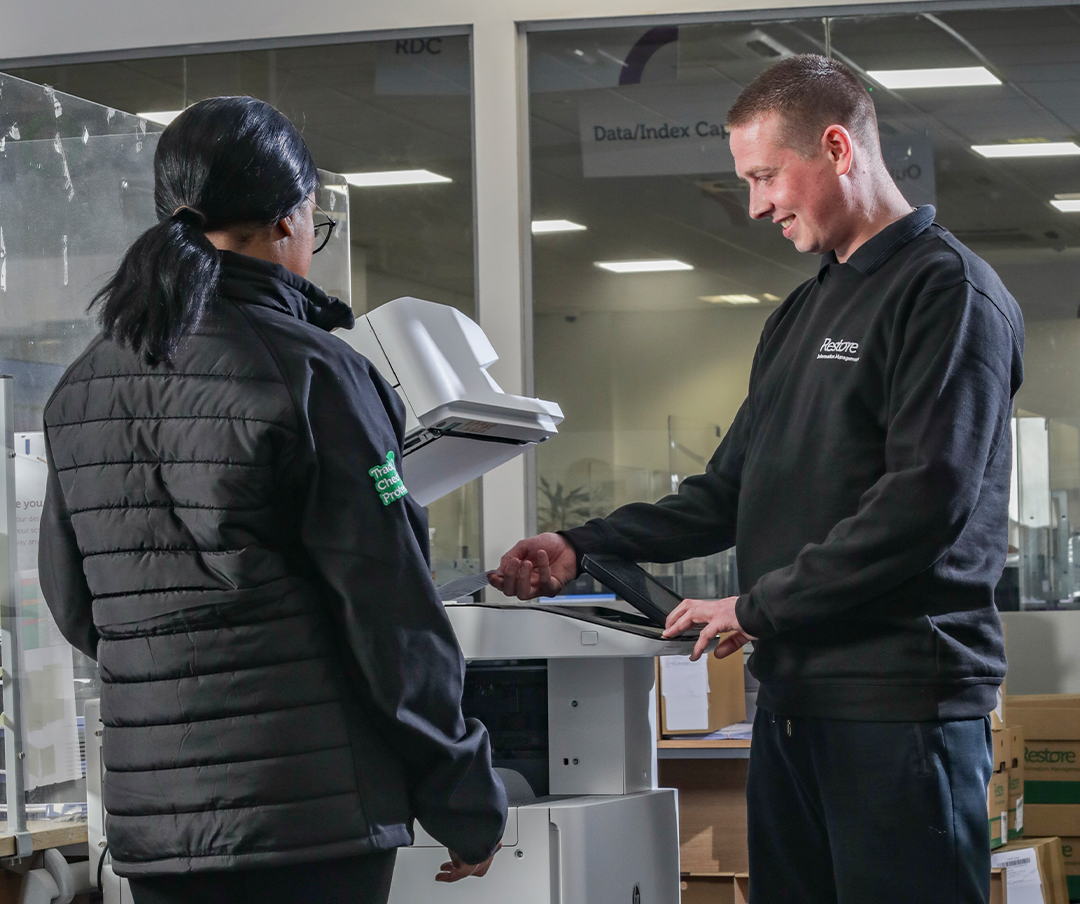
What's next?
If phygital information management holds the answers for your organisation, we’ve written just the guide for you: what’s needed for phygital information management.
And if you have any questions, get in touch with our experts. They’ve bundles of phygital information in their brains, so feel free to pick them whenever you like.
Contact us

